Home technology can easily be tailored to suit the depth of your pockets.
It might start with a £20 app-controlled lightbulb that can be turned on or off remotely, for example.
And it might stop somewhere around the six-figure mark for a completely integrated smart home where everything is centrally controlled, from security to media streaming, with tip-top audio-visual equipment to boot.
Entry-level tech
For smaller budgets, or if a renovation project doesn’t involve extensive electrical works, wireless and pluggable consumer products are booming.
“These are designed to enhance the efficiency of your home, saving time and energy while enabling you to set scenarios for your daily routines,” says Katrina Mills, smart home buyer at John Lewis & Partners.
The company has opened several dedicated smart tech departments at its stores – ideal if you want to try before you buy.
For example, a Google Home Hub controller (£139) can be paired with more than 10,000 devices, from Philips Hue lightbulbs that have alarms, timers and alerts (£60) to a Nest Hello video doorbell (£230).
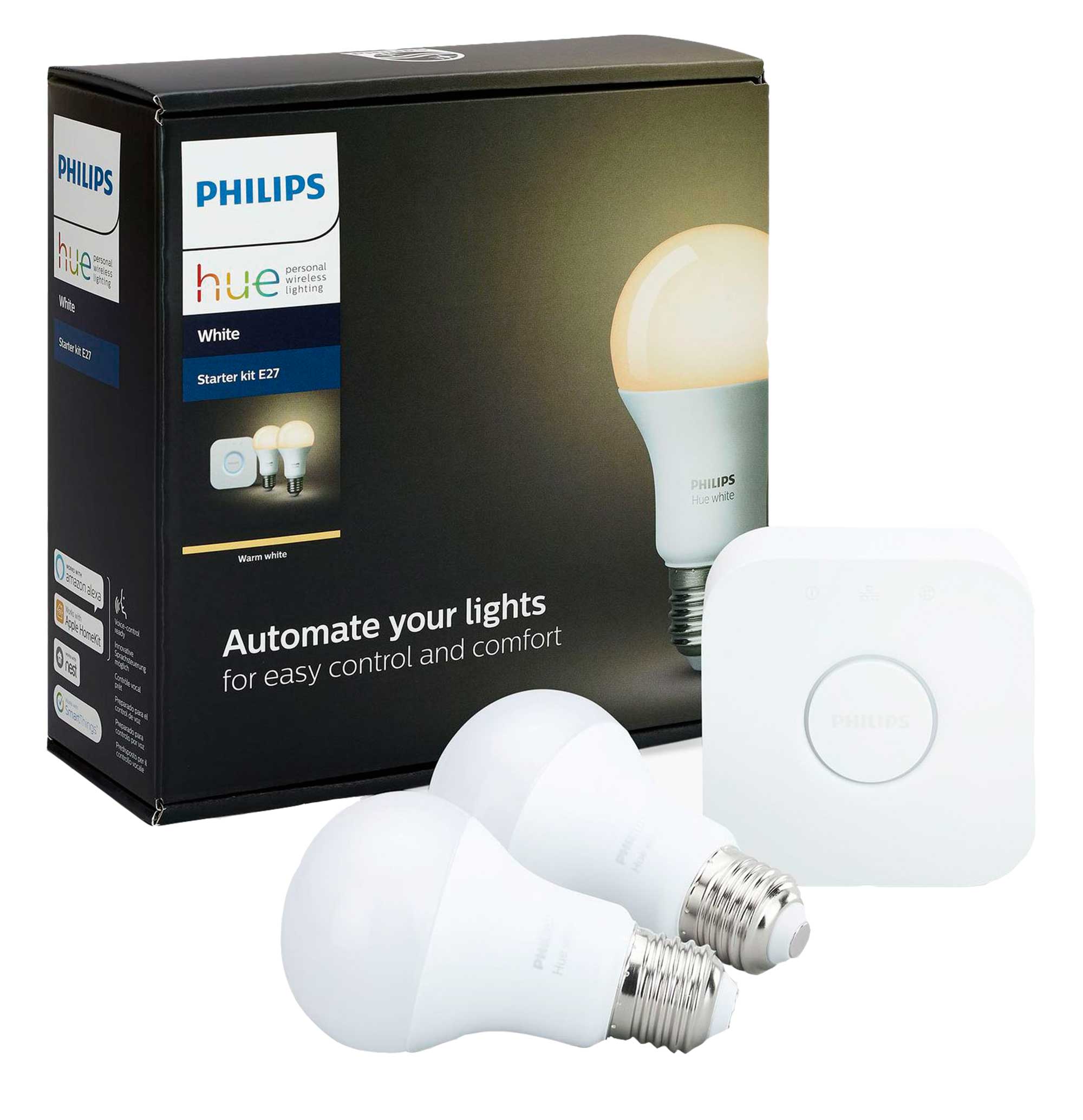
Philips Hue wireless lighting LED started kit, £59.99 John Lewis
Or you could buy an Amazon Echo speaker (£80) and hook it up to a Hive Active thermostat (£180) and SmarTap bathroom controller (from £149) so you can ask Alexa to turn on the heating and shower before you enter the bathroom.
New products are coming along all the time, but compatibility is sometimes an issue, so check they will work with the system you’ve selected.
Katrina’s advice on an entry-level setup is to “start with lighting, heating and home security, as these tend to be the most beneficial categories in a smart home. There are enough products out there to see tangible results.”
You don’t have to do it all at once, either. “You can add new elements as and when you’re ready, allowing you to get to grips with each product as you go,” she says.
Some package house builders have teamed up with technology companies to enhance your experience in the finished property: Weberhaus works with Apple HomeKit, for example.
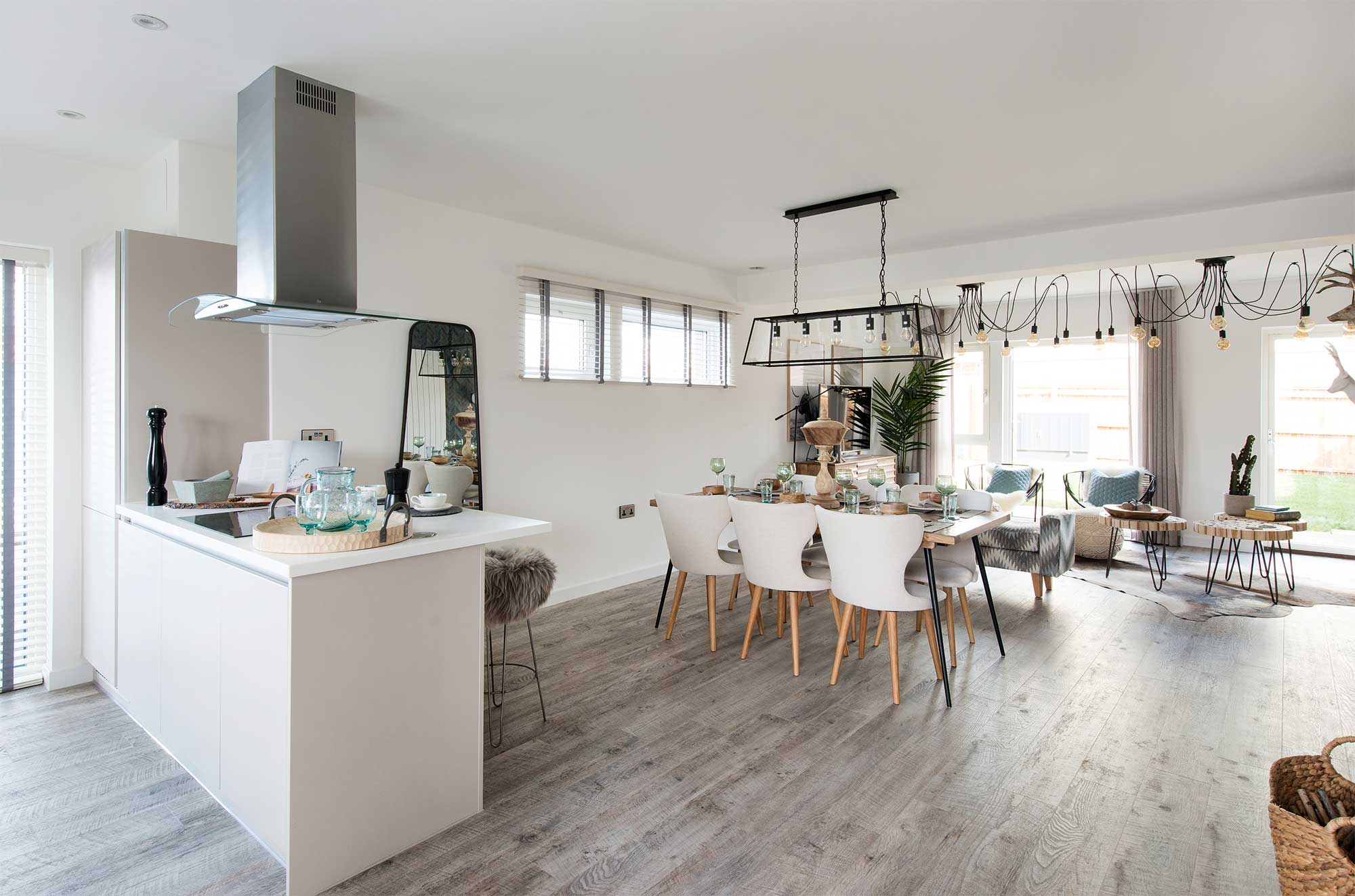
Trivselhus worked with interior design firm New i.d to install Apple HomeKit-compatible products in its Sommar Place development
Developers are following suit, seeing the added value that smart homes bring for buyers. Swedish firm Trivselhus made its Sommar Place development in Milton Keynes more intelligent thanks to Apple HomeKit: the setup’s HomePod interactive speakers can control lighting, heating, window blinds, security, AV and domestic appliances.
Integrated smart home systems
If you are self building or undertaking a substantial renovation, it could be a wasted opportunity to rely only on plug-and-play and WiFi-enabled products.
If you’re wiring a home from scratch anyway, the benefits of an integrated system are compelling.
“The important thing is making sure the cabling is done in a way that allows you to be flexible. If everything is star-wired back to a central position, that’ll give you the ability to do anything with the infrastructure in the future,” says Andy Mack, director of Cyberhomes.
This configuration means every cable runs back to a central hub, which can control features individually, from heating valves to ceiling lights.
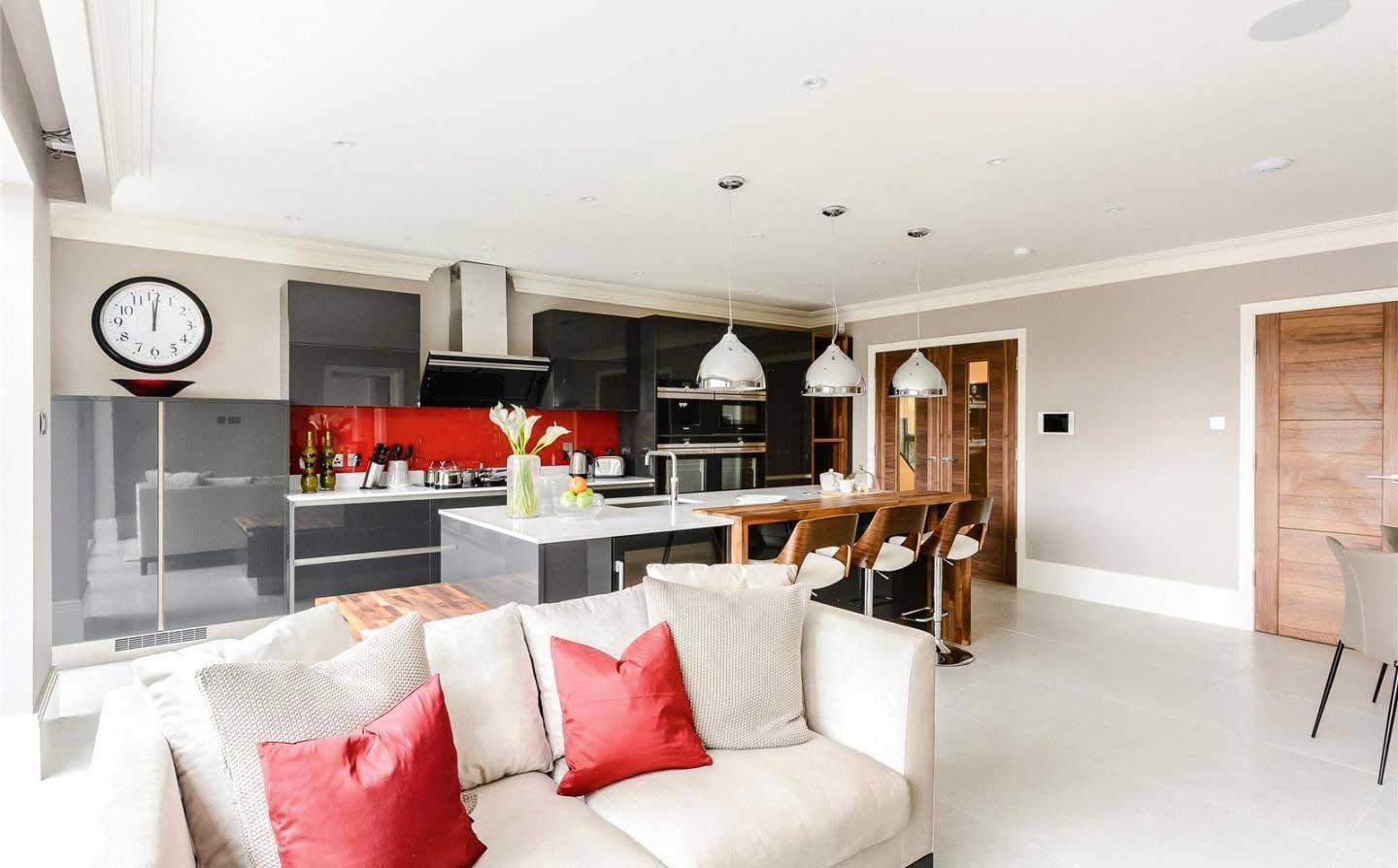
One of Moss Technical’s projects, using a Niko system to enable full control of the home’s functions
It can also group elements together – so, when you leave the house, a single button will talk to the control hub, which decides to turn down the thermostat, close the curtains and put the lights on security simulation mode.
Cabling a new house is relatively cheap: the cost of a smart home springs more from controllers, modules and hardware such as audio-visual equipment.
Closer look: Niko Smart Lighting Controls
Lights are controlled from wall controls (switches) as well as smart phone or tablet. However, due to the wiring configuration, a single button press in a room can now operate multiple circuits to create moods – without the need for lots of switches and cabling for individual circuits. Lights can also operate automatically while you’re out, to give the impression that you’re still at home. |
So, install your infrastructure with expansion in mind. “If, for example, you’d like in-ceiling speakers but can’t afford it, pull in a cable now, mark on the drawings where it is, and at a later date you can cut a hole and the cable’s there ready for it,” says Andy Moss, managing director of Moss Technical.
Making savings
If the quote comes back and it’s outside of your budget, where can you do a bit of value engineering?
“Think carefully about the key rooms,” says Cyberhomes’ Andy Mack. “Do you really need full lighting and control in a secondary bedroom? Breaking it down so it doesn’t serve as many areas can have a big impact on costs.”
Andy Moss says that self builders sometimes decide just to service the ground floor, where there’s often a more concentrated need for smart tech (for example to integrate entry systems, lighting and blind controls, run underfloor heating systems or make the most of a media room).
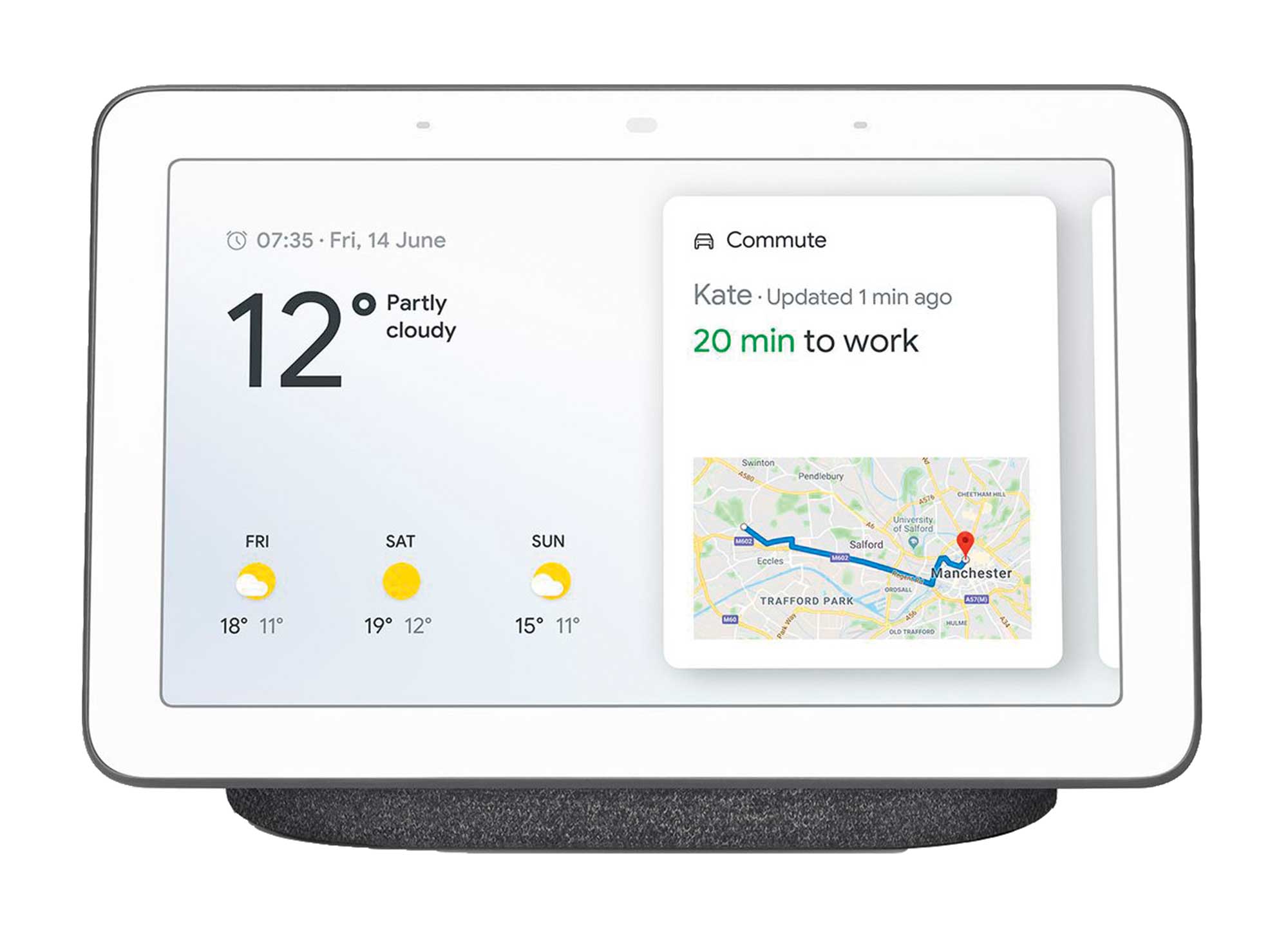
Google Home Hub hands-free smart speaker, £139, John Lewis
Matt Nimmons, managing director of CEDIA EMEA, suggests examining what best fits your lifestyle.
“If you love watching movies or sport but don’t get a chance to go out to the cinema or to live sporting events, a home entertainment setup is a great investment and will give you a huge amount of pleasure over a number of years,” he says. “If you travel a lot for work or relaxation, then having the ability to manage the house remotely and access its security features may be more important to you.”
Home technology specialists can be a little shy talking about costs in general terms because there are so many variables: “The only way to come up with a realistic budget is to get a design on the table and to understand the benefits of what it can do for you,” says Andy Moss.
Closer look: Smart Home Technology and Audio Visual System
The sheer size of this property meant it really did require a very robust and user friendly smart home system. The Control4 system reaches out to 43 spaces around the property with over 200 channels of lighting circuits and 20 zones of entertainment, this is all connected up with over 11 kilometres of low voltage cabling. The home benefits from the multiple features Control4 offers in entertainment, lighting, heating, security and further integration. Automating electric locks, garage doors and securing the property in tandem with the alarm system. |
If you want a general idea of what you might expect to get for your cash, see Matt Nimmons’ run-down in the suggested budgets box on the previous page.
Getting the installation right is vital to achieving good value for money – so be sure you’re getting the best service.
For instance, Moss Technical is able to work with your electrician on the design and fit, or suggest its own installers who are highly experienced in the Niko solution it offers.
Check out ongoing maintenance and servicing costs, too – these can be worth every penny, but it’s important to understand what you’re getting.
Suggested budgets
“It is very difficult to provide a guide to exact costs, as it will depend on a wide range of factors, such as the size and layout of the property and the quality and quantity of the equipment installed,” says Matt Nimmons, managing director of CEDIA EMEA, the trade body for home automation (and a starting point for finding an installer).
Browse Build It’s trusted companies directorySmart home technology and automation solutions to improve your lifestyle. Find everything from energy-saving heating and lighting controls through to multi-room audio, smart home security and more. |
Here’s his rough-and-ready guide to what you could achieve for different budgets:
Smart home tech for £15,000
A distributed or multi-room audio system and a flat screen, and a basic wired and wireless data network. Remember that the number of rooms will affect the budget. Installing lots of screens will also quickly add cost.
At this level you may decide to invest the money instead on high-quality sound and vision for just one room to create a home cinema: this budget will get you a good setup in a medium-sized zone.
Smart home tech for £50,000
Distributed audio and video, flat screens, automatically controlled mood lighting in some rooms, and a comprehensive wired and wireless data network.
The amount and quality of the equipment will make a difference. Some people want large screens in every room, others would rather spend money on better quality audio.
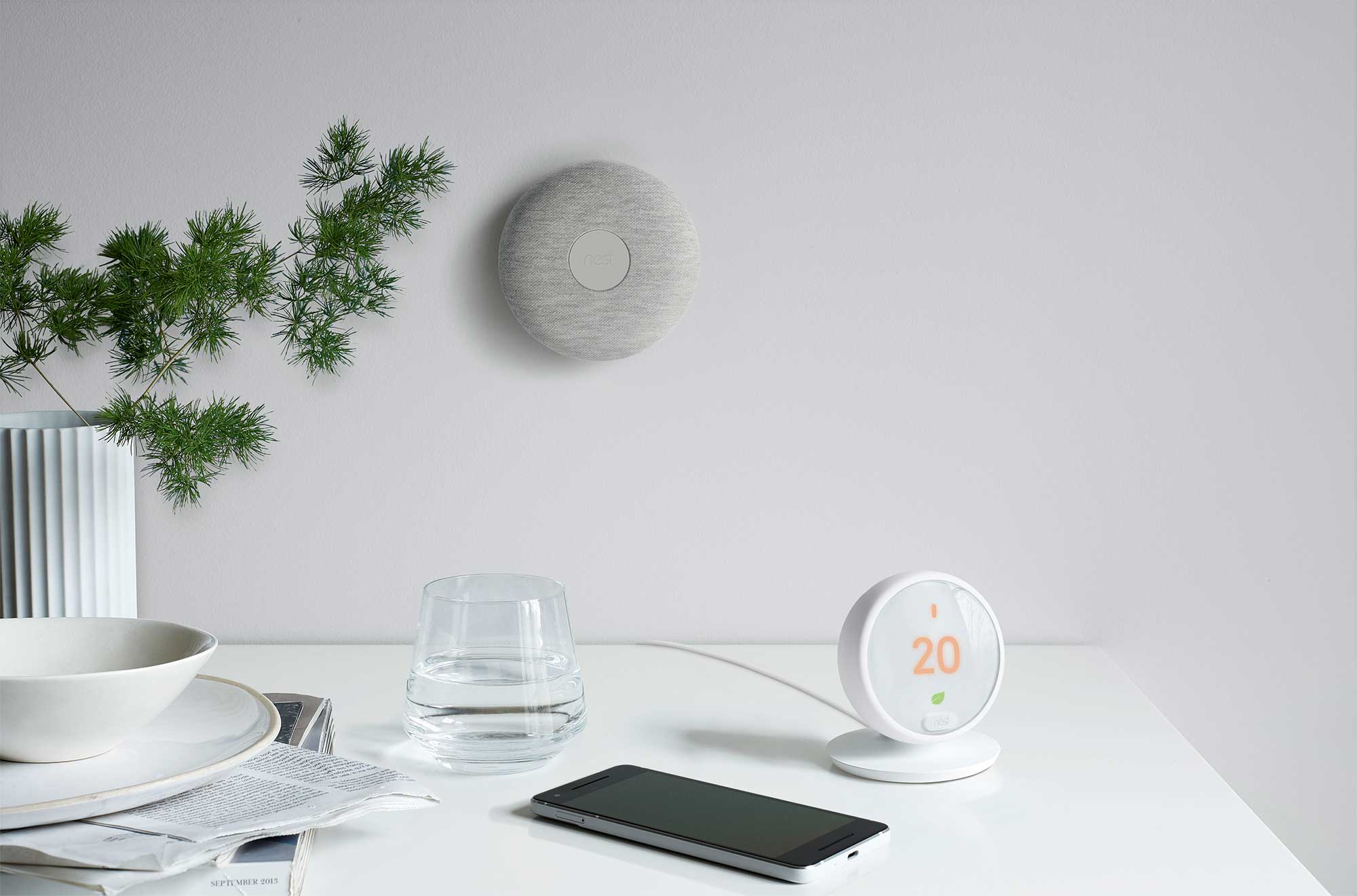
Nest’s Smart Thermostat E is compatible with Google Home, but not Amazon Alexa or Apple HomeKit. £178.99, Screwfix
Again, you may decide that you would prefer simpler systems in the rest of the house, and then allocate a chunk of the budget to a home cinema.
If security, CCTV, integrated door entry and control of heating and ventilation are important, you may prefer to put your money into these areas instead.
Smart home tech for £90,000
At this level you can expect higher quality equipment and better control systems throughout the house.
Touch panels in each room will allow you to have just one integrated control setup for your lighting, entertainment and heating.
Smart home tech for £150,000
As above, with more touch panels, a better home cinema and more comprehensive systems. This kind of budget will provide a fabulous setup in a family home, but may not go so far in a 20-bedroom castle.
Top image: Moss Technical uses Niko technology. The setup’s smartphone dashboard controls heating, lighting, security and more
The post Smart homes for every budget appeared first on Build It.
Article reference Smart homes for every budget
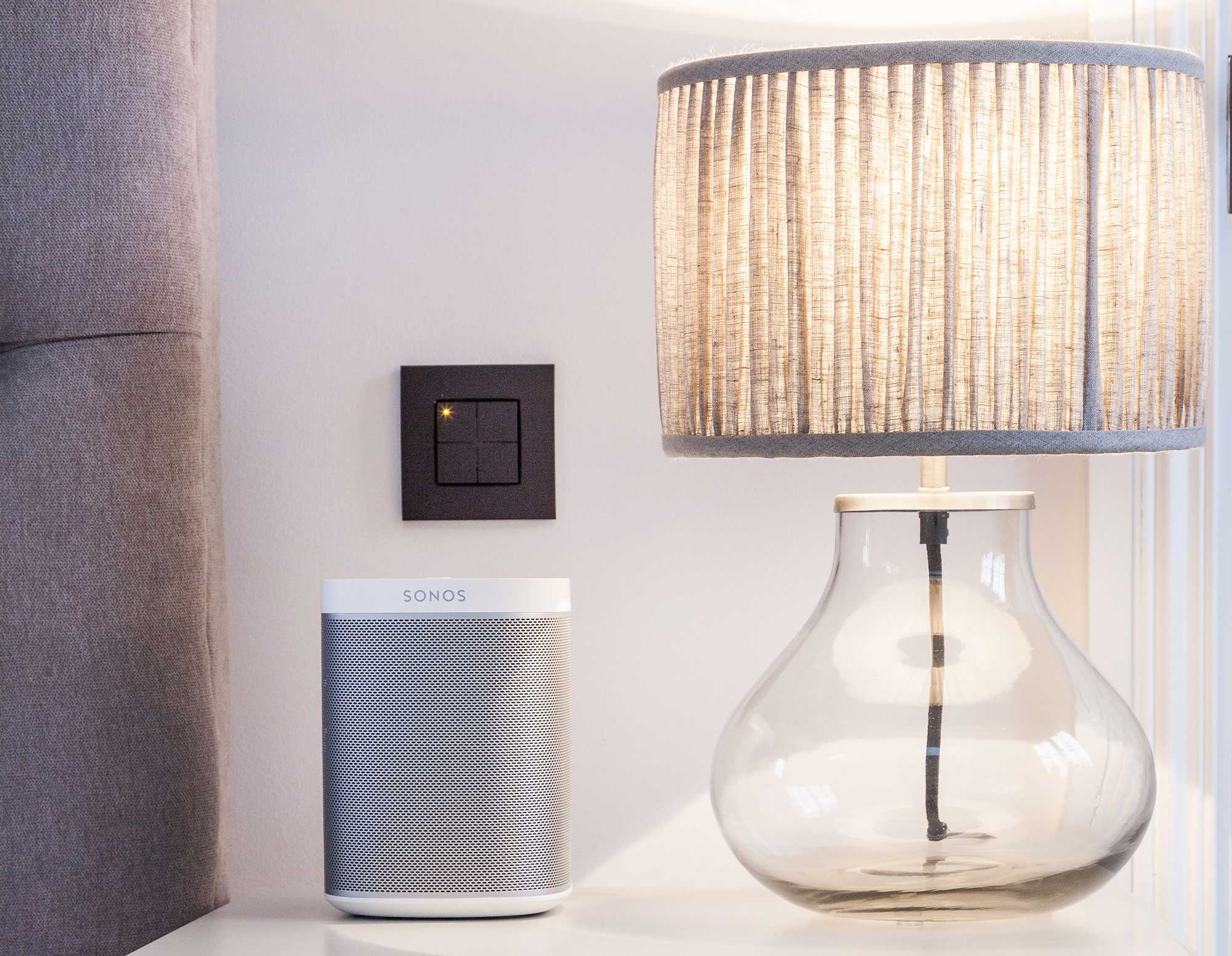
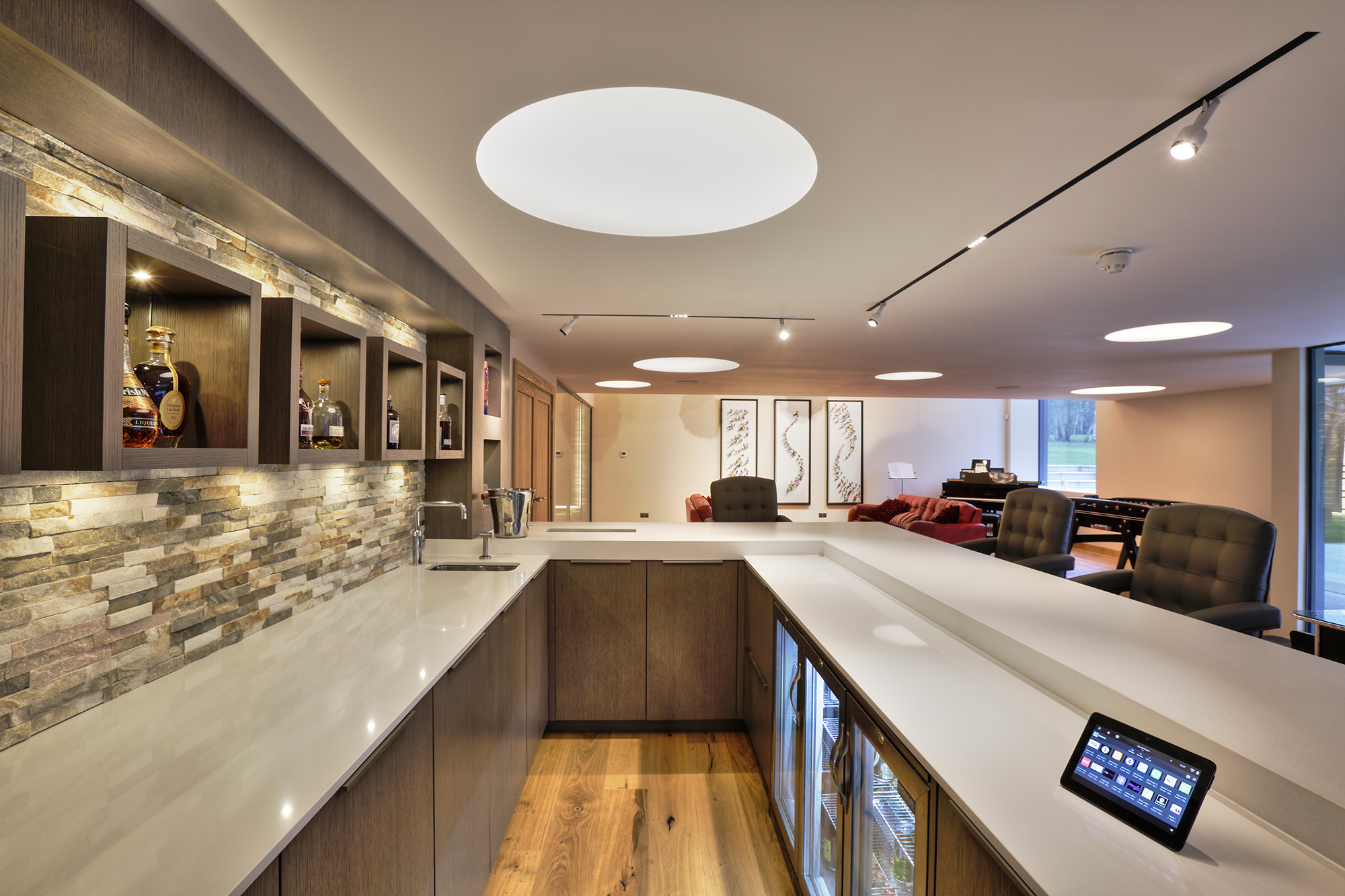
No comments:
Post a Comment